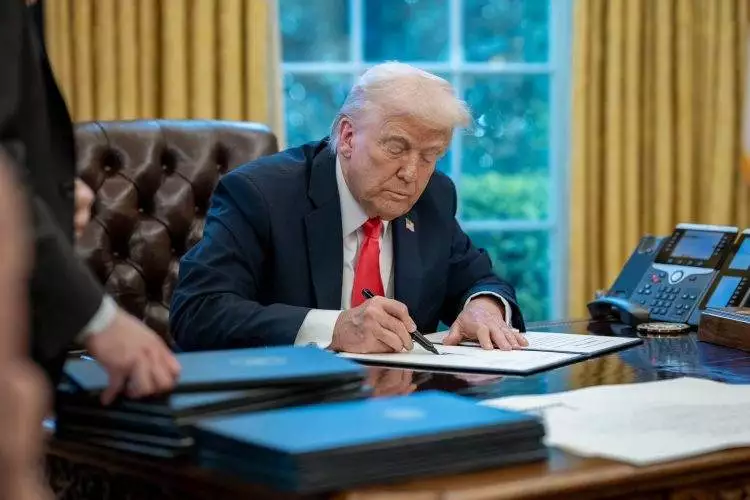So, it turns out that Trump’s tariffs on China are actually 145%, not the 125% people thought. The White House cleared that up, saying the higher number is the correct one.
Let me explain.
Trump’s tariffs on China were more than just 125%
Donald Trump threw a bunch of tariffs on China, which eventually went up to 125%… as you may already know. But then CNBC pointed out that the White House clarified this was on top of an earlier 20%, so the total was actually higher than what’s been going around.
Tariffs started at 34% and kept rising from there
At the beginning, Trump set tariffs at 34%, but when you add in the 20% tariffs from before, the total was really 54%. And then, it just kept climbing.
On the other hand, China didn’t hold back
China responded with their own 34% tariffs, and that pushed the US to threaten another 50%. That would push the total penalty to 104%.
China responded with an escalating retaliation
Of course, China didn’t back down again. They upped their retaliation to 84%, and then the US raised their tariffs to 125%.
But there has been a miscalculation here…
CNBC cleared it up: that 125% didn’t count the original 20% Trump put on things for fentanyl-related reasons. So, the real number is a little higher.
That extra 20% was actually for a good cause
The 20% extra came from a time in Trump’s second term when he was focused on “stopping poisonous fentanyl and other drugs from flowing into our country.” That’s why it was added to the total.
Now, if you’re wondering about the rest of the tariffs…
The US slapped tariffs on Canada, Mexico, and China. The White House explained it by saying that China didn’t do enough to stop the flow of chemicals to criminal cartels or shut down money laundering from organized crime.
To break it all down
Here’s how it all adds up: 20% is from the fentanyl tariffs, another 34% comes from the ‘Liberation Day’ stuff, and the remaining 91% is because China pushed back on all of it.
So, what does this mean for people in the US?
If you’re buying stuff made in China, you’re going to have to pay the US government 145% of its value—basically, more than the item’s worth just to get it into the country. This, of course, includes components and raw materials imported from China used in manufacturing (among other things).
The economic consequences for the U.S. and China
Last year, China sold about $438.9 billion worth of goods to the US, making it one of the top three trading partners. But now, Americans will have to pay more than that to their own government just to buy products made in China.
















































